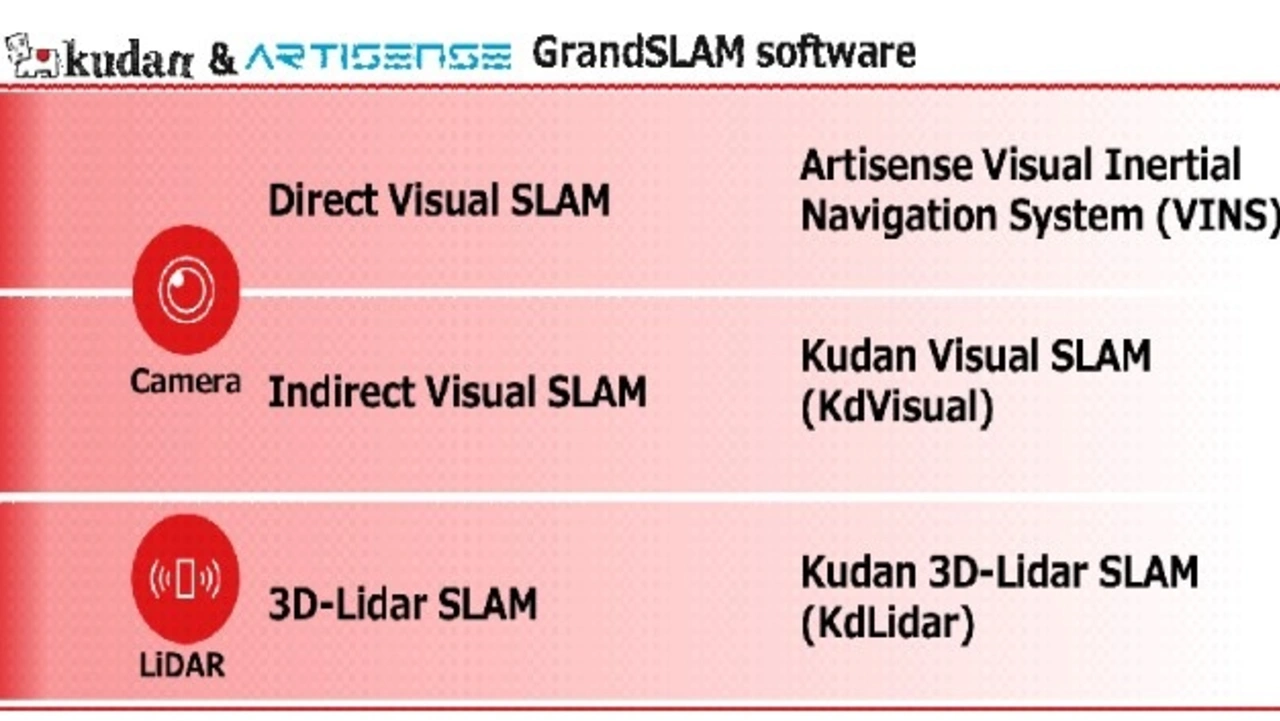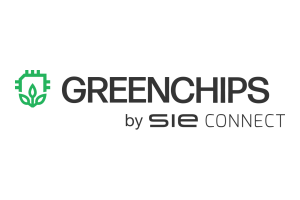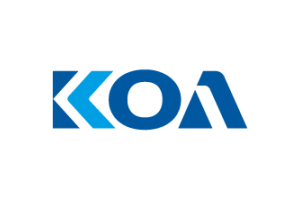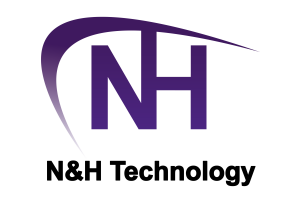Kudan awarded for its SLAM technology
»Eyes to the all machines - that's our goal«
The japanese start-up Kudan has been awarded with the embedded award 2021 for its SLAM technology. SLAM stands for Simultaneous Localization and Mapping and is designed to give machines, robots & co. spatial awareness, as Taro Murai, President and CEO of Kudan USA explains.
Markt&Technik: Kudan won this year's embedded award in the start-up category. This is the first time that this prestigious award has gone to a Japanese start-up. What does this award mean for your company? And for you personally?
Taro Murai: It was very reassuring to finally have our innovation and technology recognized on the global stage, and underlines the maturity and leadership that Kudan’s SLAM software has achieved in this market. We have been developing SLAM software since 2014 so this award reflects the growing market demand for high performance commercial SLAM software. We are also very proud to be the first Japanese start-up to win this prestigious award.
Personally speaking, I still see a lot of growth opportunities for us in the market which is why we need to continue to develop our capabilities to meet the increasingly -demanding market requirements. This award is not only a celebration of our achievement so far but also a catalyst to increase awareness of SLAM technology as well as Kudan as a company especially in our target applications such as robotics, autonomous driving, AR/VR and mapping.
I understand you not only have Kudan Visual SLAM (KdVisual) but also other SLAM software products. Please describe your offerings briefly as well as the technology behind them. Also, what are the Key Applications for your solution?
Kudan, along with its group company, Artisense, offer Kudan GrandSLAM, which includes 3 different flavors of SLAM software: KdVisual, Kudan 3D-Lidar SLAM (KdLidar) and Artisense’s Visual Inertial Navigation System (VINS).

Together KdVisual and VINS cover the whole spectrum of visual SLAM techniques, Indirect and Direct Visual SLAM, respectively, using a camera as the primary sensor. These different methods each have their specific strengths and capabilities that are suited to individual operating environments and use cases, and gives Kudan the ability to provide customers with the ideal solution. KdVisual is an API library which enables customers and partners to build their own localization stack. On the other hand, VINS comes as a packaged product combining; direct visual SLAM software and hardware including camera, an inertial measurement unit (IMU), global navigation satellite system (GNSS) and a computing box.
3D Lidar (light detection and ranging) is an increasingly popular choice for SLAM-related applications such as autonomous driving, robotics, drones and mapping. It is a natural extension to Kudan’s technical investment in SLAM. Like KdVisual, KdLidar provides customers with an API library for integration into their solution.
The performance of each of these SLAM software solutions, can be further enhanced by fusing them with other sensor data such as that from the IMU, GNSS, and wheel odometry.
Each of the 3 offerings have individual strengths which target different applications and environments.
KdVisual’s primary target application is industrial indoor robotics such as autonomous mobile robots (AMRs) and auto guided vehicles (AGVs). This is followed by consumer robotics and AR/VR. Kudan also currently has active projects in ADAS (Advanced Driver Assistance System) and drones.
KdLidar focuses on industrial robotics as well however, not just indoor but also outdoor environments, given its capability to fuse GNSS and IMU effectively. This also makes KdLidar particularly relevant to mapping and surveying applications which require accurate understanding of sensor positioning to build a precise map in applications such as facility maintenance and infrastructure inspection.
VINS from Artisense addresses needs in the automotive sector for both ADAS and autonomous vehicles, and includes applications which go beyond autonomous driving such as fleet location for example for buses or trucks. In addition to this, recent developments in outdoor robotics applications such as delivery robots require robust and accurate localization regardless of scenery changes. VINS is ideally suited to this market due to its capability and cost competitiveness.
- »Eyes to the all machines - that's our goal«
- Target applications and specific advantages
- Strategies, positioning in the european market, goals





